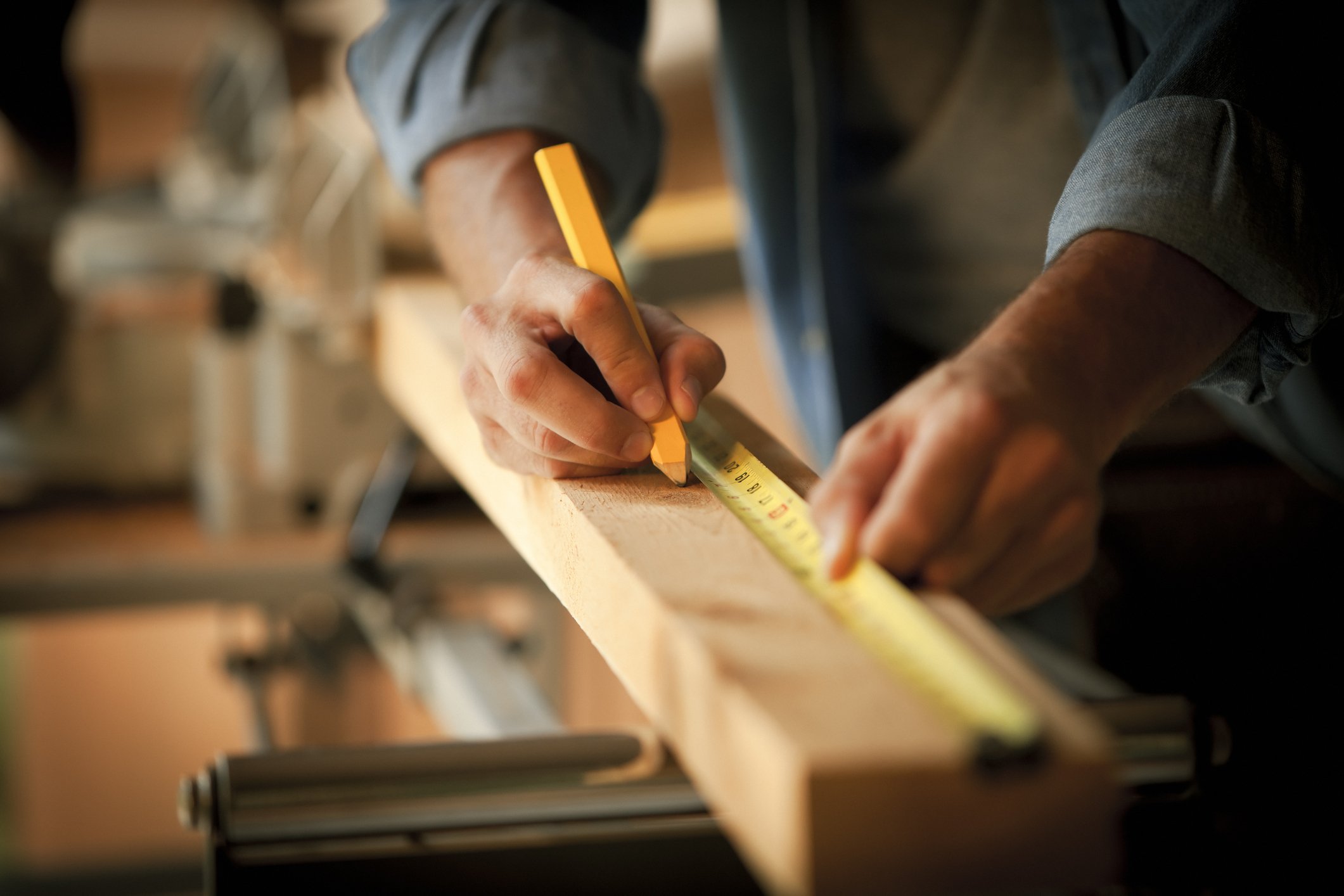A Beginners Guide To Woodworking Projects
Do you want to try your hand at some woodwork projects? Wood is a wonderful material perfect for lots of different uses. All you need for many beginner projects is quality wood, basic DIY tools and UV wood protection oils and finishes. If you treat your woodwork project properly, you can ensure it will last for years to come.
Woodworking is easy to get into and there’s plenty to learn, so it could be a lifelong hobby for you to enjoy. You can learn about different types of wood, appropriate techniques for working with them, and different designs.
From woodworking tools and terminology to wood finish products, here’s everything you need to know about woodworking:
What Is Woodworking?
Woodworking describes the process of making decorative and useful objects from wood such as tables, cabinets, bowls, benches and much more. It includes carving, joinery and woodturning and is a relatively easy skill to learn on a basic level but you can easily build up your expertise with more complex projects.
Wood was one of the first materials that humans used to create tools and utensils and it is closely tied to the development of aspects of modern human life. As civilisation has advanced, so have our woodworking skills. The fundamentals remain mostly unchanged although woodworkers now use modern technology to build new equipment and tools.
Woodworking Terminology
Here is some terminology to learn to help you gain a greater understanding of the craft:
- Jointing - The process of preparing the edges of wooden boards to glue them to another board. It is commonly used for both flat surfaces and angled joints.
- Planing - To smooth and remove excess material from wooden surfaces using a planer machine or hand tool.
- Routing - A tool called a router is used to shape, cut, and trim the wood to produce finished edges and shaping.
- Sawing - Nearly every project will begin by cutting down the wood using a sawing technique. There are different kinds of saws for different types of projects.
- Drilling - Drilling creates holes in the wood using a drill and bit. The drill driver spins the drill bit clockwise or counterclockwise. The type of drill bits you use will depend on the size of the hole you need to create, the material you are working with, or the speed of the bit.
- Glueing - Gluing wood joins two or more pieces of wood together to create a larger piece.
- Sanding - A finishing technique that smooths the surface of the wood using sandpaper.
- Finishing - The process of refining or protecting a wooden surface by applying a penetrating finish or a surface finish such as UV oil or UV wood protection.
Woodworking Tools
To begin your woodworking journey, you will need to get your hands on some basic tools to help you cut, shape, join and finish projects. There are many different types of the same tool so you will have to pick one based on the project you want to make. Here are some of the basic tools you might consider buying, to begin with:
Saws
You’ll need a saw to cut down your wood into smaller pieces of wood, ready for your project. Depending on the job you need it to do, you may choose a handsaw or a power saw. A handsaw is simple and doesn’t need any power, which makes it very portable. Whereas an electrical saw could be a more portable circular saw or a more heavy-duty table saw.
Blades
Blades are what differentiate different saws and the type of cutting they are used for. Coarse teeth are ideal for rip cutting, which involves cutting in the direction of the grain and finer-toothed saws are used for cross-cutting perpendicular to the grain.
Drills
You can get a drill that is either hand-ranked or motorised, depending on the scale of the job. Smaller projects with no access to power may require a battery-powered drill. Whereas jobs that need more force and deeper holes will need a drill press.
Clamps
These are vital for many projects and are an essential tool in the woodshop. They are useful used as vices or just to give you an extra set of hands to keep things in place. There are different sizes of clamps and the size you need will depend on the scale of the job at hand.
Chisels
Chisels have a sharp metal blade and handle that are used together with a mallet or hammer. You use a chisel to shape and cut away solid wooden material to form the wood into the shape you need. You can get different styles of chisels for a variety of applications. Pairing chisels, for example, are never used with a mallet as they are lightweight tools, whereas mortise chisels are thick, heavy and perfect for removing material from hardwood.
Planers
Planers help you to remove excess material from flat surfaces and smooth it out. You can opt for a power planer which can easily plane a large surface area quickly or a hand planer which is operated by hand and requires you to focus on smaller areas at a time.
Sanders
These are used to smooth the surface of the wood in a sequence of grits. Sandpaper comes in a variety of grits so you would start with a larger grit and finish with a finer grit. Power sanders can also be used and work well at sanding quickly and efficiently. Hand sanding is better for smaller jobs, whereas power sanders are better for larger jobs.
Protecting Your Outdoor Woodworking Projects
If you have created your first woodworking project and it is going to live outdoors, such as a bench, trellis or outdoor table, you will need to make sure you protect it properly.
UV Oils
The sun can cause damage to your wood, so if it is always outdoors, you will need to make sure you protect it adequately. UV oils offer an excellent UV protective finish that will stop the sun from bleaching your wood and avoid the harsh effects of UltraViolet Rays. Treatex UV oil is an excellent option that penetrates deep into the timber surfaces, attaching to the wood capillaries and providing a shield against extreme sunshine.
Treatex UV oil is perfect for most vertical timbers and applications such as cladding, doors, windows and other exterior joinery. Treatex uses natural oils such as soybean and sunflower, providing a UV-resistant clear coat that is sustainably sourced and manufactured.
Exterior Oils
Other types of exterior oils will be great at protecting your wood outdoors. It helps to prevent the development of cracks and swelling by creating a water-resistant barrier that stops water from seeping into timber surfaces, clinging to the wood capillaries and offering a solid defence. The Treatex Exterior Oils is perfect for a food finish, cladding oil or decking oil as it is resistant to extreme weather, UV light and large volumes of water.
Treatex is your one-stop shop for all types of wood finishes for any kind of project. Whether you need to protect exterior or interior wood, we have the product for you. Along with a variety of cleaning and preparation products, you can keep your wood in tip-top shape to make sure it lasts as long as possible. To learn more about our products, visit our website or talk to a member of our team today. We will be more than happy to advise you on any projects and the ideal products to use. Get in touch today by calling us on 01844 260416.

